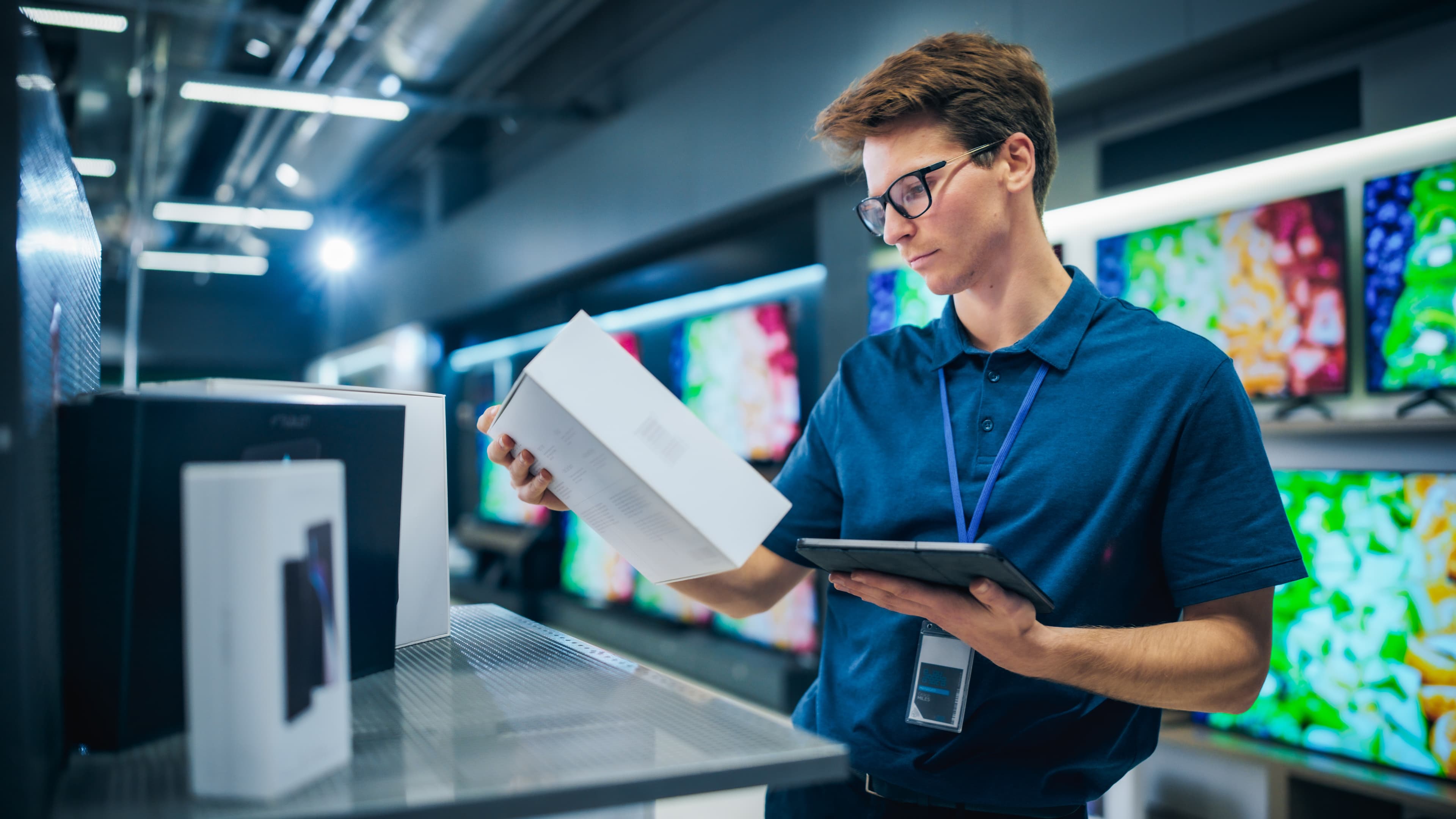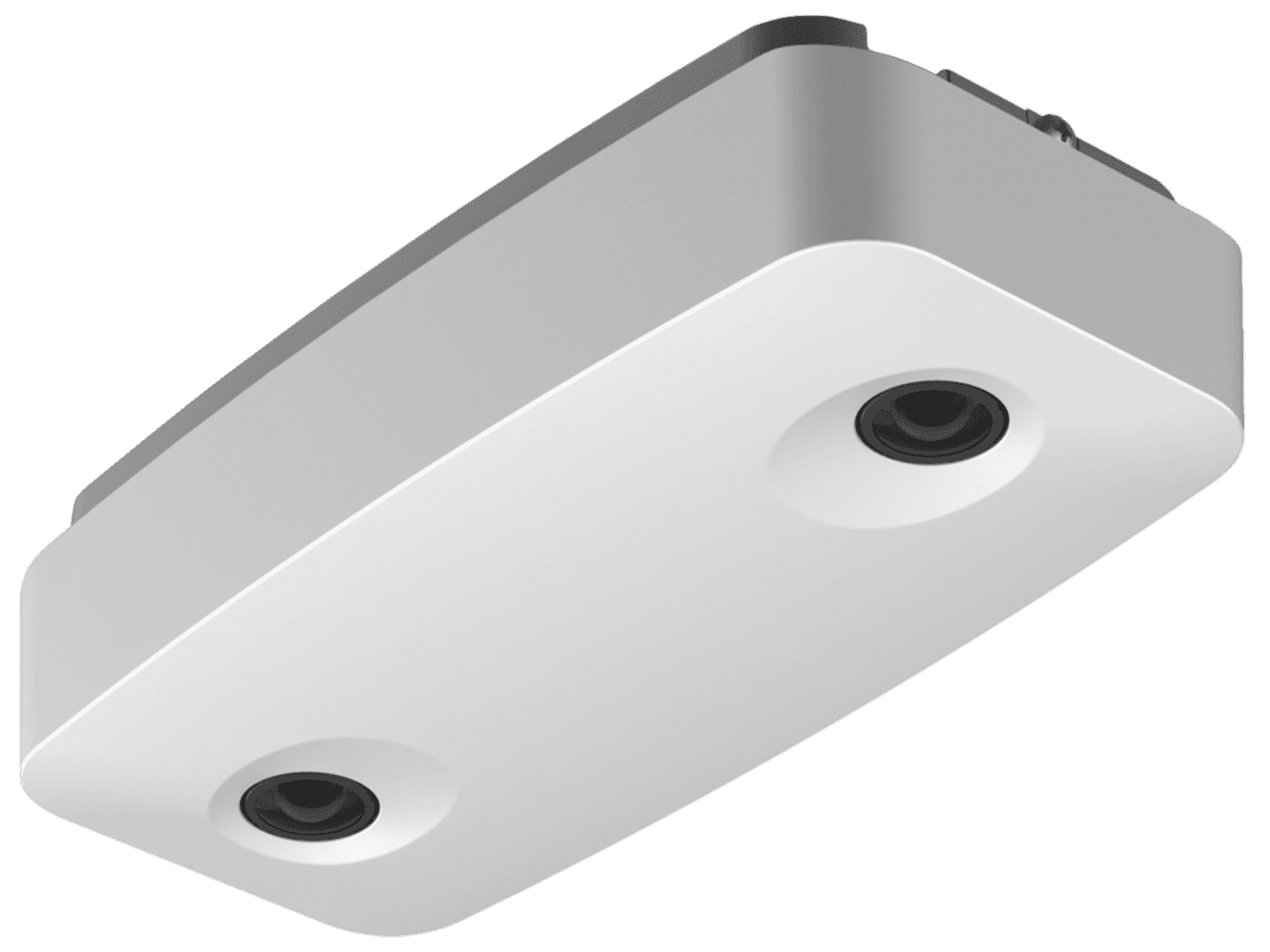How To Measure Workforce Productivity In Retail

On this page
With its fast pace and customer-centric nature, retail requires a highly productive workforce to stay competitive. It is crucial to measure workforce productivity, not only to ensure efficiency but also to drive sales, improve customer satisfaction, and foster a thriving work environment. However, the challenge remains: how can retailers effectively measure and enhance the productivity of their staff? This blog explores proven methods and real-life examples from major brands that have successfully tackled this challenge.
Understanding Workforce Productivity in Retail
Workforce productivity in retail can be defined as the efficiency with which employees perform their duties to generate sales, enhance customer experience, and maintain store operations. Unlike other industries, where productivity might be measured in units produced or projects completed, retail productivity often revolves around sales figures, customer interactions, and operational tasks.
READ MORE: How AI Is Helping Retailers Stay Competitive
Sales Per Labor Hour
One of the most straightforward metrics is Sales Per Labor Hour (SPLH). This measure evaluates the revenue generated for every hour worked by employees. It is a critical indicator because it directly ties labor input to financial output. For instance, a store that operates with 10 employees generating $1000 in sales per hour has an SPLH of $100.
A compelling example of SPLH in action is seen at The Vitamin Shoppe (TVS). The US wellness giant meticulously monitors this metric to optimize staff schedules and identify peak shopping times. By aligning staffing levels with customer flow, TVS ensures that employees are available when they are most needed, thereby maximizing productivity, minimizing labor costs, and rethinking store operating hours with traffic patterns.
Customer Satisfaction And Experience
While financial metrics are crucial, they don't paint the entire picture. Customer satisfaction and experience are equally significant indicators of workforce productivity. Happy customers often translate to higher sales and repeat business. Retailers like Apple excel in this area. The brand’s commitment to customer experience is evident through its highly trained staff who provide personalized service and technical support. Apple’s Genius Bar is a prime example, where employees are not just sales associates but problem solvers and brand ambassadors.
Apple measures productivity by monitoring customer feedback, Net Promoter Scores (NPS), and repeat visit rates. This holistic approach ensures that employees are not just meeting sales targets but are also contributing to a positive customer experience, which in turn, drives long-term profitability.

Inventory Turnover
Efficient inventory management is a sign of workforce productivity. High inventory turnover rates indicate that products are being sold and replenished rapidly, often linked to effective sales strategies and diligent stock management by employees. Zara, the Spanish fashion retailer, is known for its fast-fashion model, which depends on high inventory turnover. Employees at Zara play a vital role in maintaining this system by ensuring that new styles continually hit the shelves and outdated items are promptly removed.
By monitoring inventory turnover, Zara can gauge the efficiency of its staff in handling stock, managing displays, and driving sales. This metric helps Zara understand how well employees are performing in moving products from the stockroom to the sales floor and into customers' hands.
READ MORE: Exploring How SHEIN Is Transforming Retail In EMEA
Employee Engagement And Training
Employee engagement is a less tangible but equally important measure of productivity. Engaged employees are typically more motivated, provide better customer service, and are less likely to leave the company. A standout example of this is Costco. The wholesale retailer is renowned for its focus on employee well-being, offering competitive wages, benefits, and opportunities for career advancement.
Costco's dedication to its employees is evident in its remarkably low turnover rate compared to the retail industry average. The company prioritizes comprehensive training programs to ensure that employees are well-prepared to handle their responsibilities. This emphasis on training and development cultivates a culture of competence and confidence, enabling employees to work more efficiently and deliver superior customer service.
Costco measures engagement through regular employee satisfaction surveys, tracks retention rates, and monitors customer feedback. The positive work environment at Costco results in higher productivity, as employees feel valued and motivated to perform their best. For example, a well-trained Costco cashier can efficiently and accurately process transactions, even during peak hours, contributing to the store's overall efficiency.
Technology And Automation
Integrating technology and automation can greatly increase workforce productivity. Self-checkout stations, mobile payment systems, and inventory management software streamline operations, freeing up employees to concentrate on more intricate tasks that demand a human touch. Amazon's implementation of technology in its Amazon Go stores is a notable example. These stores utilize advanced sensors and cameras to automate the checkout process, minimizing the requirement for cashiers and enabling staff to focus on restocking and assisting customers.
By leveraging technology, Amazon can maintain high productivity levels with fewer employees on the floor. The data collected from these automated systems also provide valuable insights into shopping patterns, helping to optimize staffing levels and improve overall store performance.
Real-Time Analytics And Feedback
Real-time analytics and feedback systems are indispensable tools for measuring and enhancing workforce productivity. In-store analytics platforms can track various metrics, from foot traffic and dwell times to sales conversions and employee performance. Retailers like Macy’s use these analytics to gain a deeper understanding of store dynamics and employee efficiency.
By analyzing data in real-time, Macy’s can make informed decisions about staff deployment, training needs, and store layout adjustments. For example, if analytics reveal that certain areas of the store experience high foot traffic but low sales conversion, management can investigate further to identify potential issues, such as inadequate staffing or poor product placement. This proactive approach helps in addressing problems swiftly, ensuring that productivity remains high.
WATCH THE VIDEO: Industry Experts On The Power Of In-Store Analytics
The Role Of Leadership And Management
Effective leadership and management are also crucial for driving workforce productivity. Leaders who set clear expectations, provide regular feedback, and recognize employee achievements create a motivated and high-performing team. Nordstrom is renowned for its strong leadership culture, empowering employees to take ownership of their roles and make decisions that benefit the customer.
Nordstrom’s management style fosters a sense of responsibility and accountability among employees, leading to higher productivity. By empowering staff to go the extra mile for customers, Nordstrom not only enhances the shopping experience but also drives sales and operational efficiency.
Measuring workforce productivity in retail is a multifaceted endeavor that requires a combination of financial metrics, customer satisfaction indicators, employee engagement assessments, and technological tools.
The common thread that ties these strategies together is the use of in-store analytics. By harnessing the power of real-time data and feedback systems, retailers can gain valuable insights into employee performance and store dynamics. This data-driven approach enables proactive decision-making, ensuring that workforce productivity is continually optimized.
In-store analytics are not only a tool but also a critical component in the arsenal of modern retail management. By embracing these technologies, retailers can empower their workforce, enhance customer satisfaction, and ultimately drive sustained business success.
READ MORE: Tracking The Evolution Of Luxury Retail
About the author:

Ashton Kirsten, Global Brand Manager, RetailNext
Ashton holds a Master's Degree in English and is passionate about physical retail's unbridled potential to excite, entertain, serve, and solve problems for today's shoppers.



